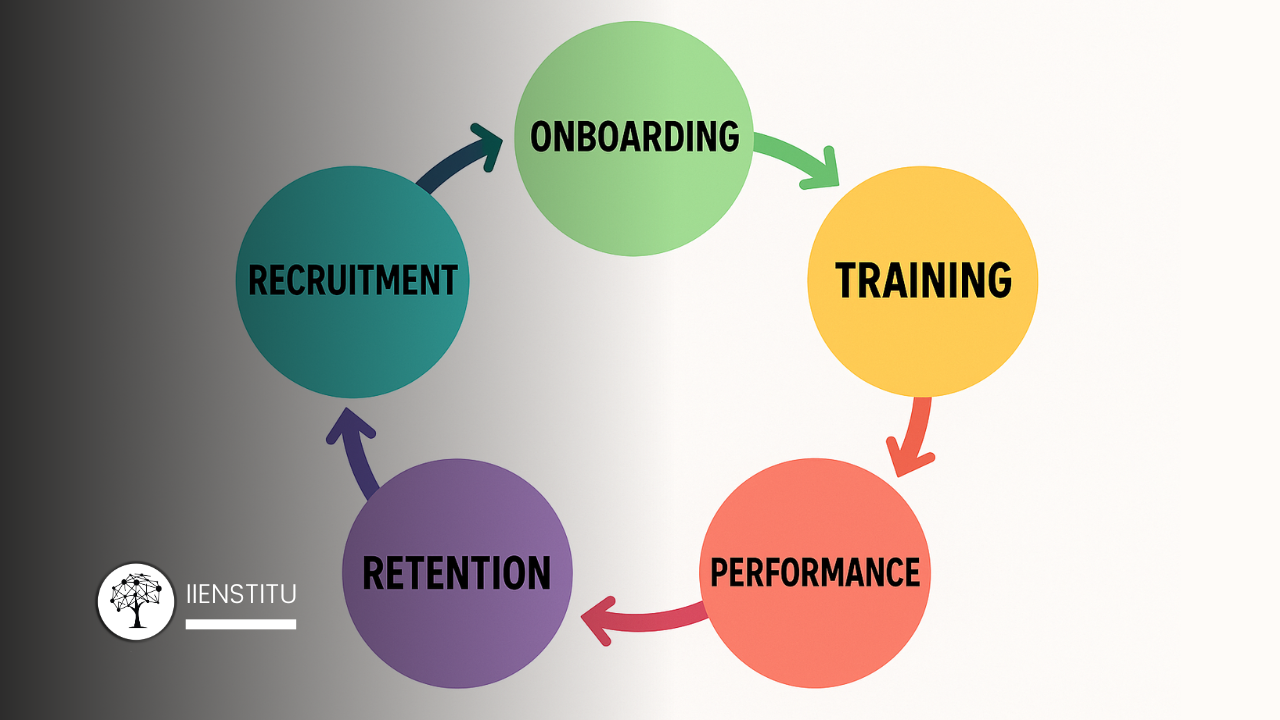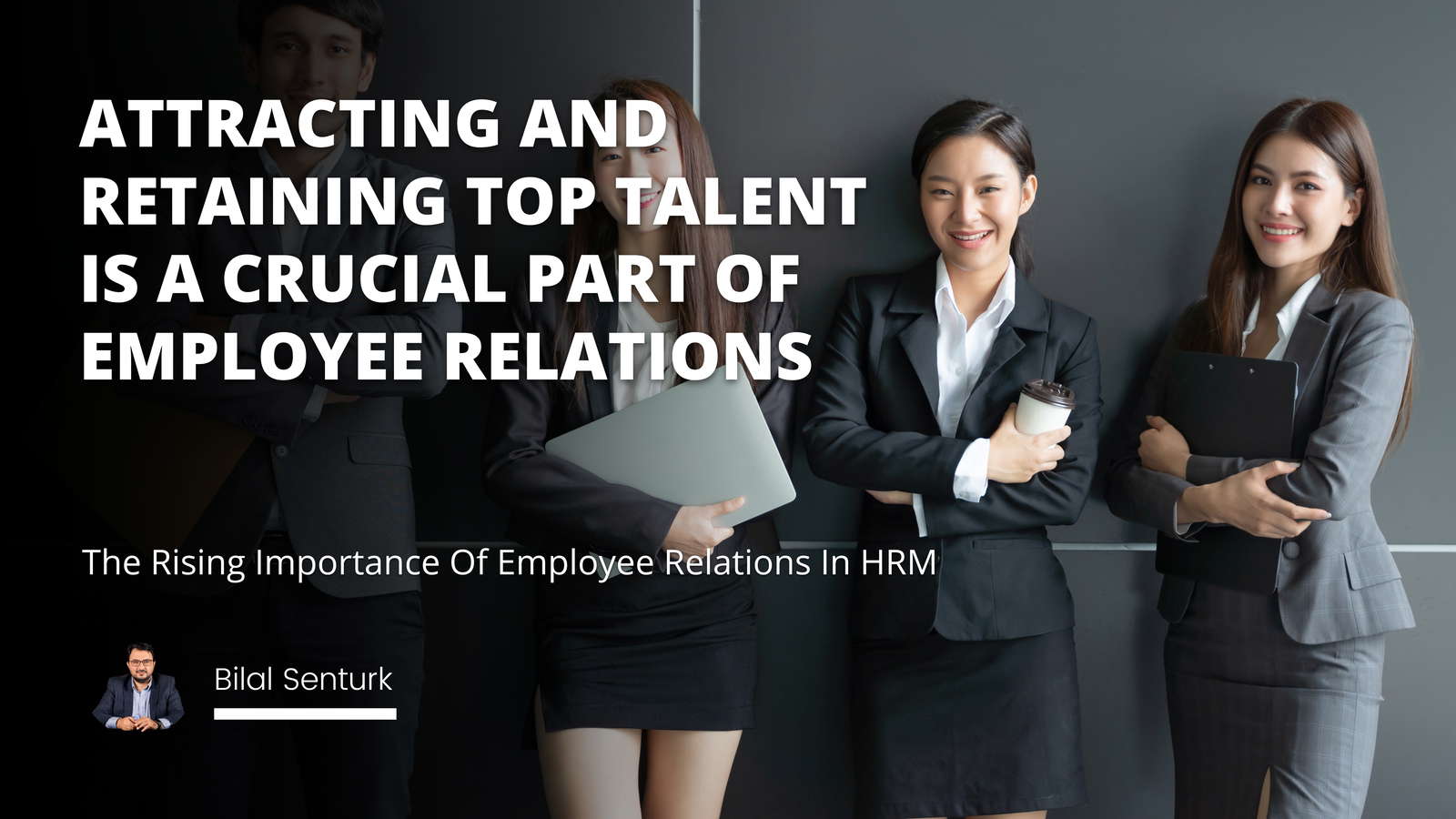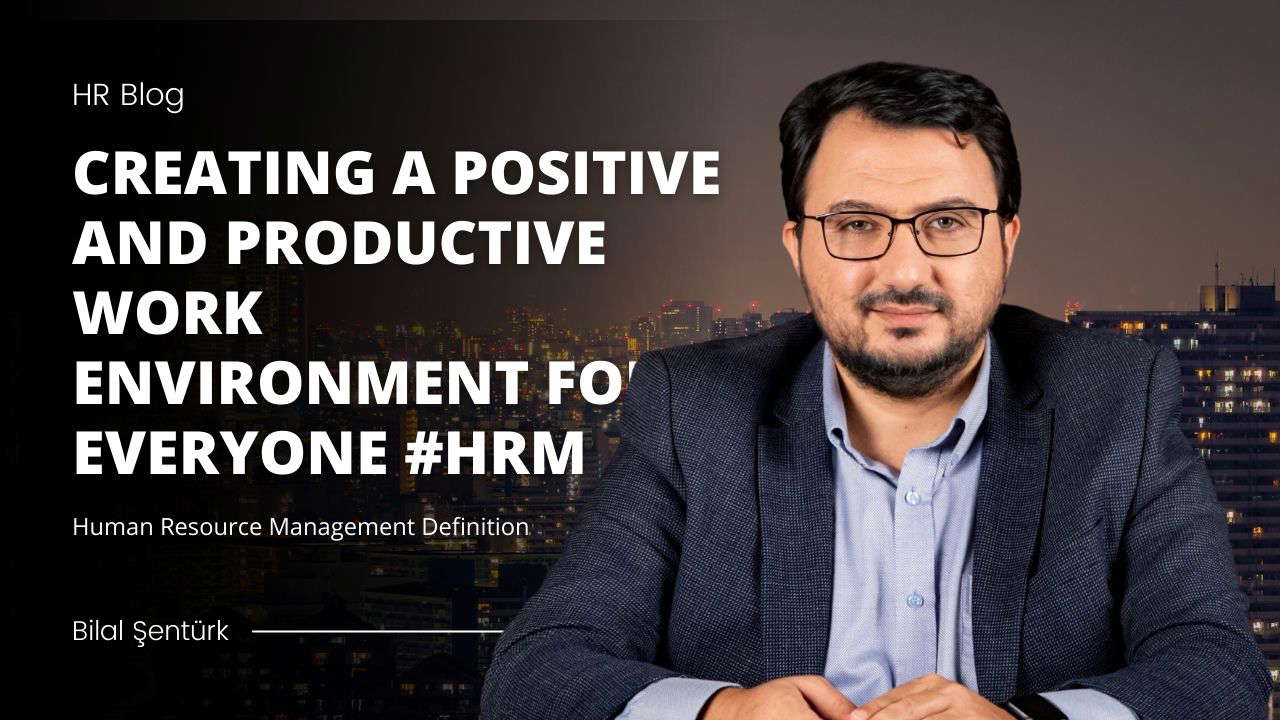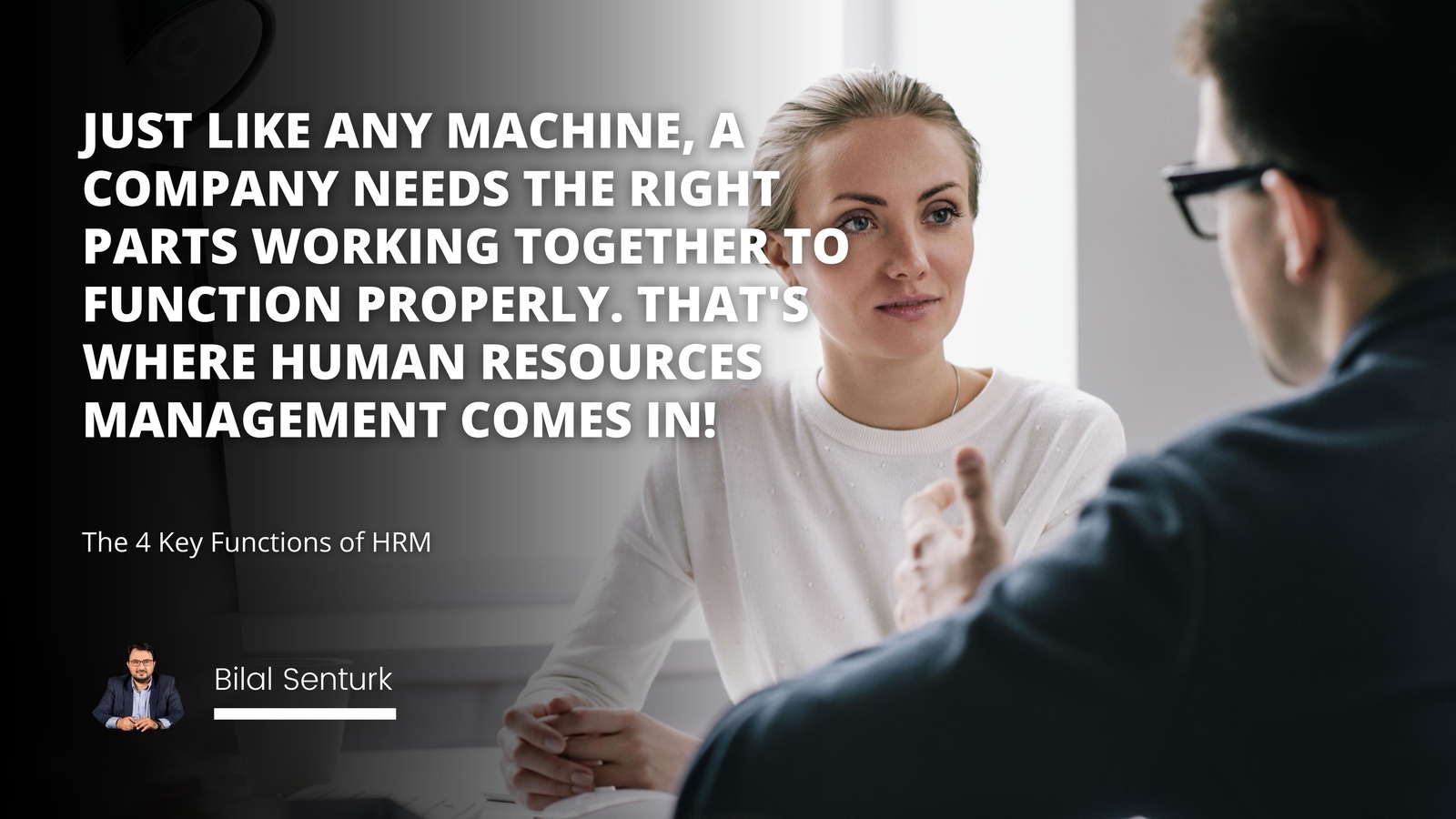
As a company grows, managing people effectively becomes as critical as scaling operations, sales, or technology. In the early stages, hiring may be ad hoc, policies informal, and training minimal. But beyond a certain point, businesses need a structured HR function to ensure fairness, compliance, engagement, and scalability.
This guide provides a step-by-step roadmap for setting up HR in a growing organization—from early-stage practices to standardized operations—helping founders, startups, and SMEs build a sustainable foundation for long-term success.
Why Every Growing Company Needs an HR Function
Human Resources is not just about administrative tasks; it’s about aligning people strategy with business goals. Without HR, companies risk:
Inconsistent hiring decisions → leading to culture misfits and high turnover.
Legal issues → from non-compliance with labor laws and contracts.
Low employee engagement → due to unclear benefits, lack of feedback, and poor communication.
Scalability problems → when processes aren’t standardized, every new hire adds chaos.
A well-built HR function ensures compliance, structure, and people development—making the difference between surviving and thriving as you scale.
Stage 1: Early-Stage HR Strategy
At the early growth phase, many founders handle HR themselves. But even before a formal HR department exists, some steps must be taken:
Basic Policies: Working hours, leave entitlements, dress code, remote work guidelines.
Transparent Pay Practices: Salaries and raises must follow clear, fair logic.
Introduction to Benefits: Health insurance, transportation, meal allowances—even if minimal, must be defined and communicated.
👉 Pro Tip: Create an Employee Handbook early. Even a simple PDF with rules and policies reduces misunderstandings and sets expectations.
Stage 2: Defining Policies and Procedures
As headcount passes 20–30 employees, policies should be documented and standardized. This ensures alignment and legal compliance.
What to include in written policies:
Code of conduct (behavior, ethics, workplace culture)
Attendance & leave (vacation, sick days, parental leave)
Compensation & benefits (salary structures, insurance, allowances)
Grievance procedures (how employees can raise complaints)
Compliance policies (data privacy, health & safety, diversity & inclusion)
👉 Best Practice: Involve department heads when creating policies. This ensures buy-in and relevance to each team’s reality.
Stage 3: Recruitment and Onboarding
Recruitment
A growing company must move from reactive hiring (“We need someone now!”) to structured hiring:
Write competency-based job descriptions → focusing on outcomes, not just years of experience.
Leverage multiple sourcing channels → job boards, referrals, LinkedIn, niche communities.
Structured interviews → use scorecards and rubrics to reduce bias.
Onboarding
A well-designed onboarding program reduces early turnover and boosts productivity.
Day 1: Company culture, HR policies, meet the team.
First 30 days: Role-specific training, shadowing, buddy system.
First 90 days: Clear deliverables, check-ins, performance feedback.
👉 Case Insight: Startups often run “Founders Onboarding” sessions, where leadership shares company vision directly with new hires. This builds loyalty and alignment.
Stage 4: Training and Development
A scaling business must invest in continuous learning to remain competitive.
Technical training: Skill-specific courses (software, compliance, product knowledge).
Soft skills training: Communication, leadership, teamwork.
E-learning & certifications: Affordable and scalable learning via online platforms.
Development budgets: Allowing employees to choose their own growth paths.
👉 Pro Tip: Track training ROI with metrics like improved performance scores, reduced errors, or faster project completion times.
Stage 5: Performance Management
Performance management ensures employees are aligned with company goals.
Best Practices:
SMART goals (Specific, Measurable, Achievable, Relevant, Time-bound).
Regular feedback cycles (monthly check-ins > yearly reviews).
360-degree feedback → input from peers, managers, and self-assessment.
Development-focused reviews → not just evaluation, but coaching for growth.
👉 Mistake to Avoid: Using performance reviews only for promotions or raises. They must also serve as development conversations.
Stage 6: Employee Relations and Engagement
Employee engagement directly impacts productivity, retention, and company culture.
How to strengthen employee relations:
Open communication channels → regular town halls, surveys, suggestion boxes.
Conflict resolution frameworks → mediation, HR-led discussions.
Recognition programs → celebrating achievements publicly.
Work-life balance → flexible hours, remote/hybrid options.
👉 Insight: According to Gallup, highly engaged teams show 21% higher profitability. Engagement is not “nice-to-have”—it’s a growth driver.
Stage 7: Building a Competitive Benefits Package
Beyond salary, benefits play a huge role in retention.
Traditional benefits:
Health insurance
Meal/transportation allowances
Paid leave
Modern, flexible benefits:
Remote work & flexible schedules
Wellness programs (gym, therapy support)
Learning budgets
Stock options / equity (popular in startups)
👉 Best Practice: Run an employee benefits survey every 12 months to understand what matters most to your workforce.
Stage 8: HR in Startups vs SMEs
Startups:
Agile, fast, often creative in hiring (hackathons, referrals, social media sourcing).
Flexible benefits (remote-first, equity, unlimited PTO).
Flat structures → faster decision-making.
SMEs:
Structured hiring pipelines.
Compliance-heavy HR processes.
Standardized benefits, more hierarchy.
👉 Key Insight: Startups prioritize speed and flexibility, while SMEs focus on structure and compliance.
Stage 9: Standardizing HR Operations
When scaling from 50 → 200+ employees, HR must be standardized.
Documented processes: Recruitment, onboarding, exit interviews.
HR software tools: Automating payroll, attendance, and performance reviews.
Data-driven HR (People Analytics): Tracking turnover, engagement, and productivity metrics.
Internal audits: Ensuring compliance with labor laws and internal policies.
Stage 10: The Role of Experienced HR Professionals
At some stage, growing companies must bring in senior HR leaders.
Strategic alignment: Linking HR plans with company OKRs.
Employer branding: Positioning the company as a talent magnet.
Succession planning: Identifying and grooming future leaders.
Change management: Supporting organizational transformation smoothly.
Key Steps for Building an HR Function (Checklist)
Define an HR strategy aligned with company goals.
Document policies and procedures early.
Establish structured recruitment and onboarding.
Design continuous training and career paths.
Implement fair performance management.
Build transparent employee relations systems.
Create a competitive and flexible benefits package.
Standardize processes with HR tech tools.
Hire experienced HR professionals for leadership.
Continuously evaluate HR’s impact on growth.
Building HR as the Foundation of Growth
An HR function is more than an administrative necessity—it is the engine that drives sustainable growth. From defining company policies to building competitive benefits, from designing fair performance reviews to creating engaging workplaces, HR ensures that people and business objectives move in the same direction.
For startups, this means agility and creative solutions to attract talent. For SMEs, it means structured processes, compliance, and scalability. In both cases, HR acts as a strategic partner, not just a support unit.
Companies that invest early in HR functions enjoy:
Lower turnover and higher retention rates
Stronger employer branding and talent attraction
Clearer compliance and reduced legal risks
Increased employee satisfaction, engagement, and productivity
In short: your company cannot scale sustainably without HR.
👉 If your organization is at a turning point, start small but think big. Document one policy, launch one onboarding program, or test one performance review system. Step by step, you’ll create an HR function that supports your people, strengthens your culture, and accelerates your growth.


